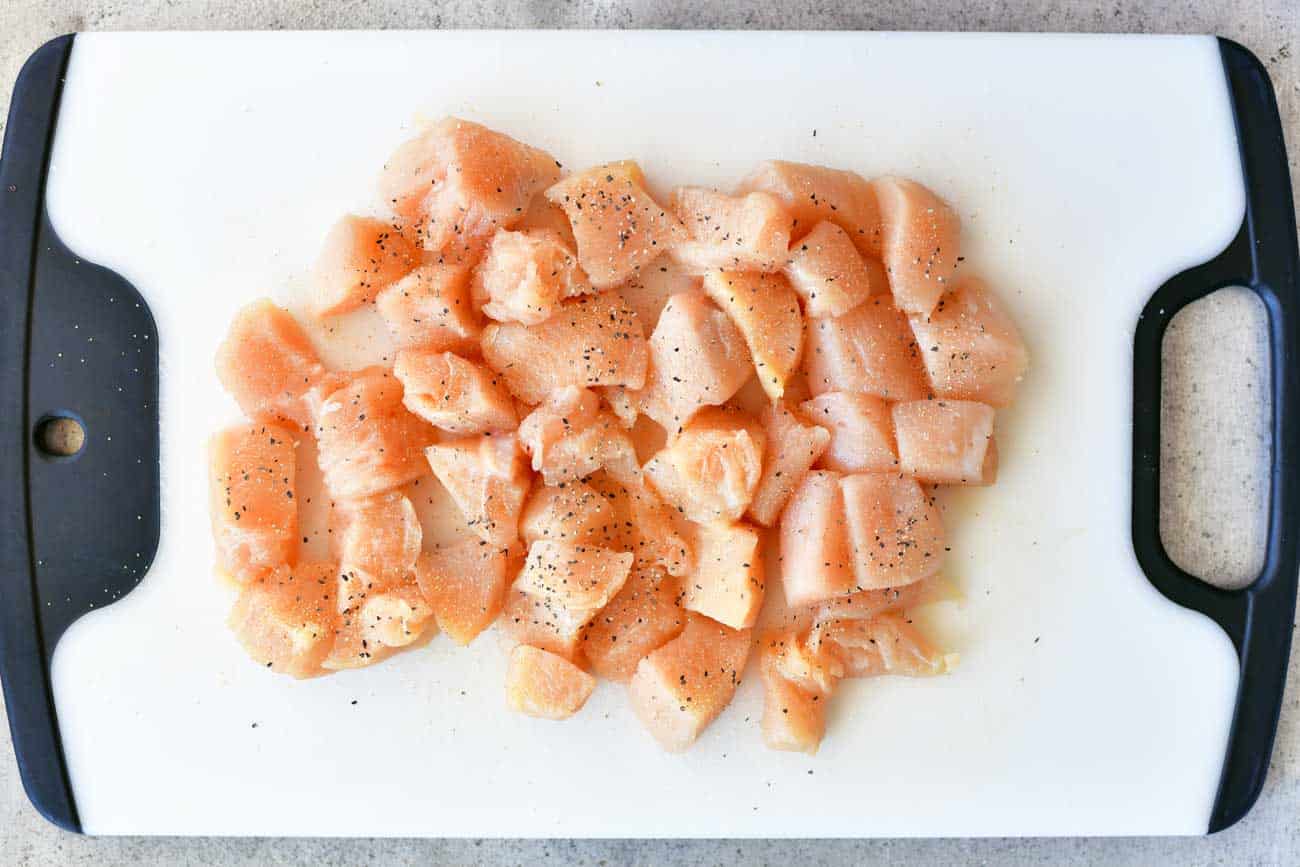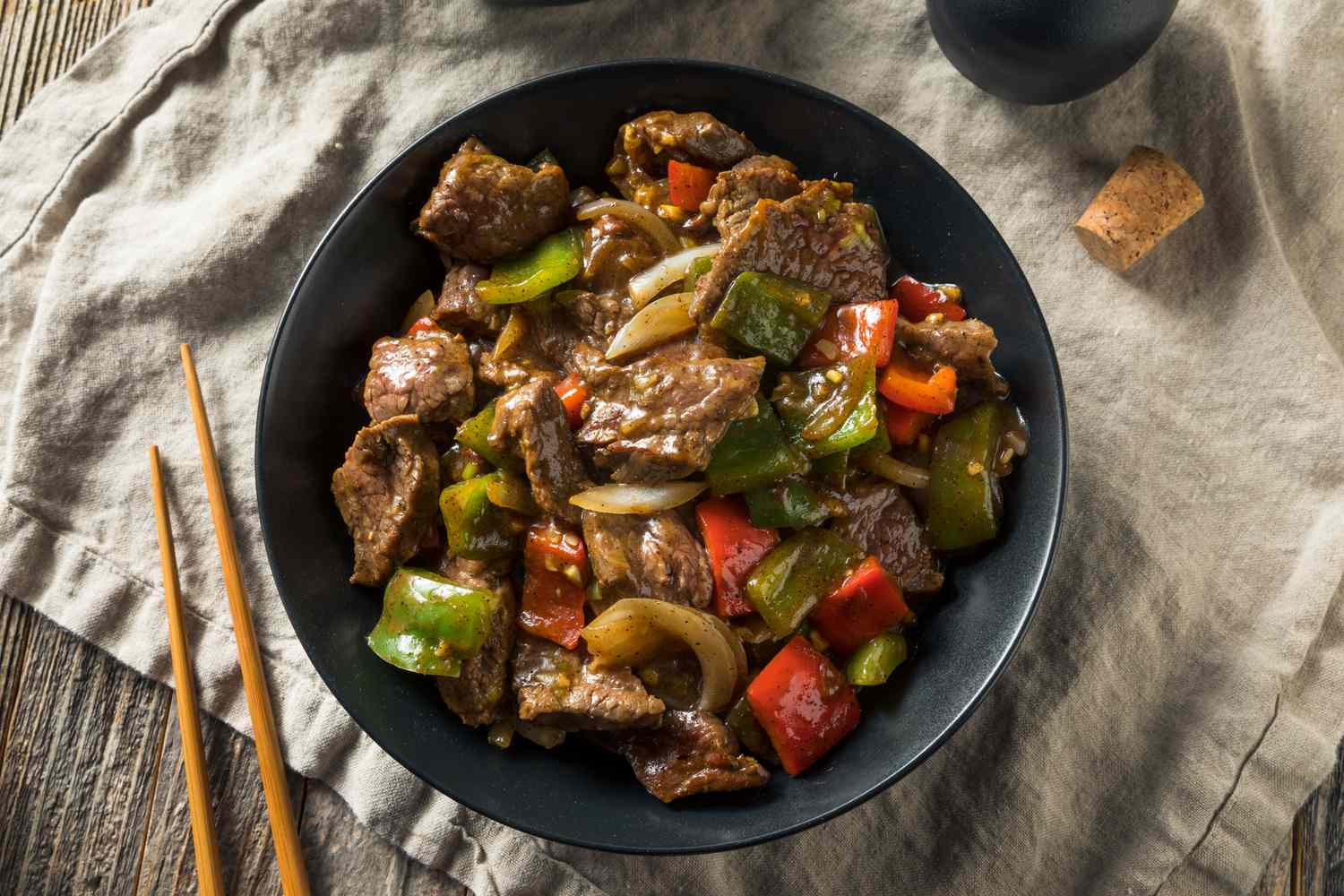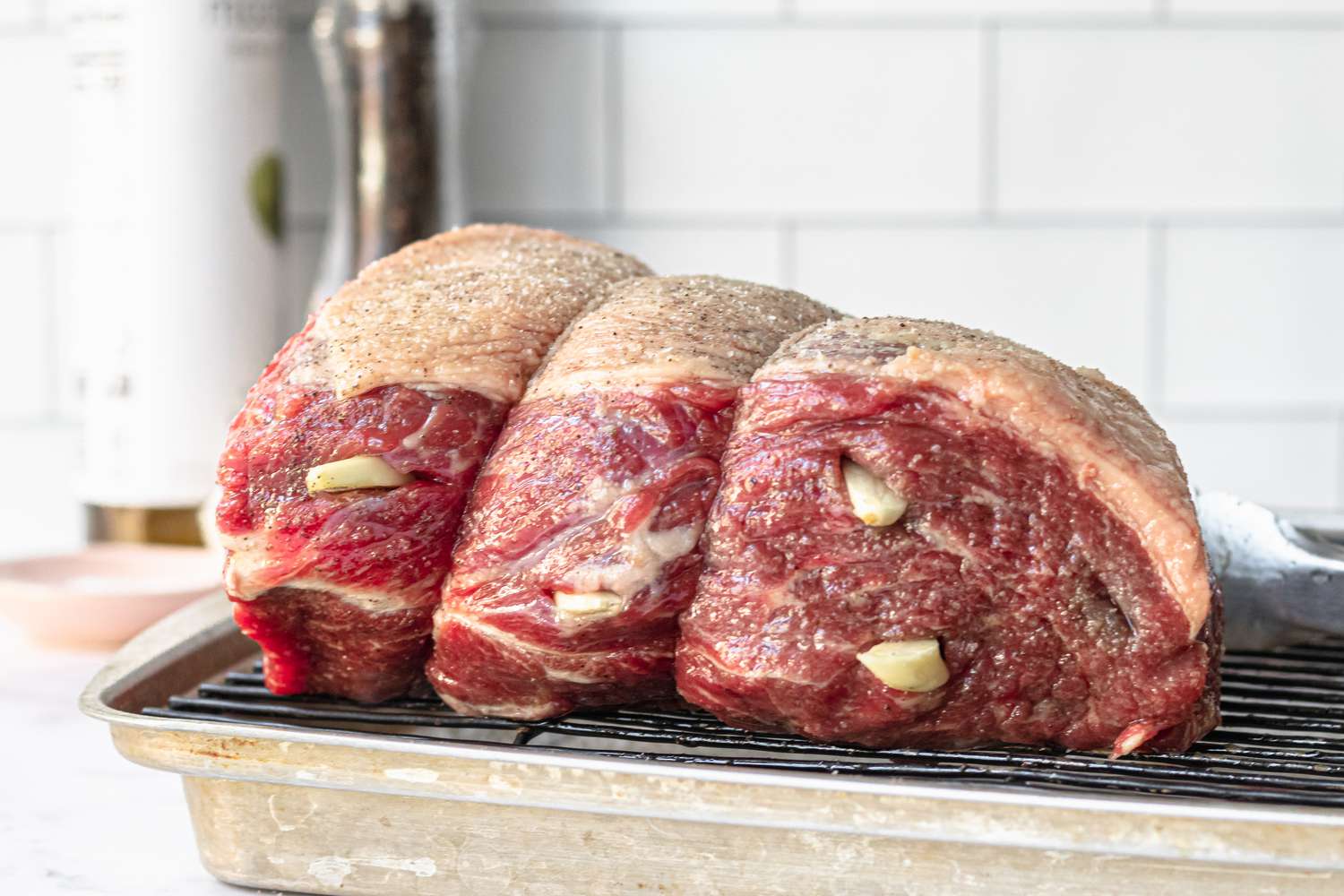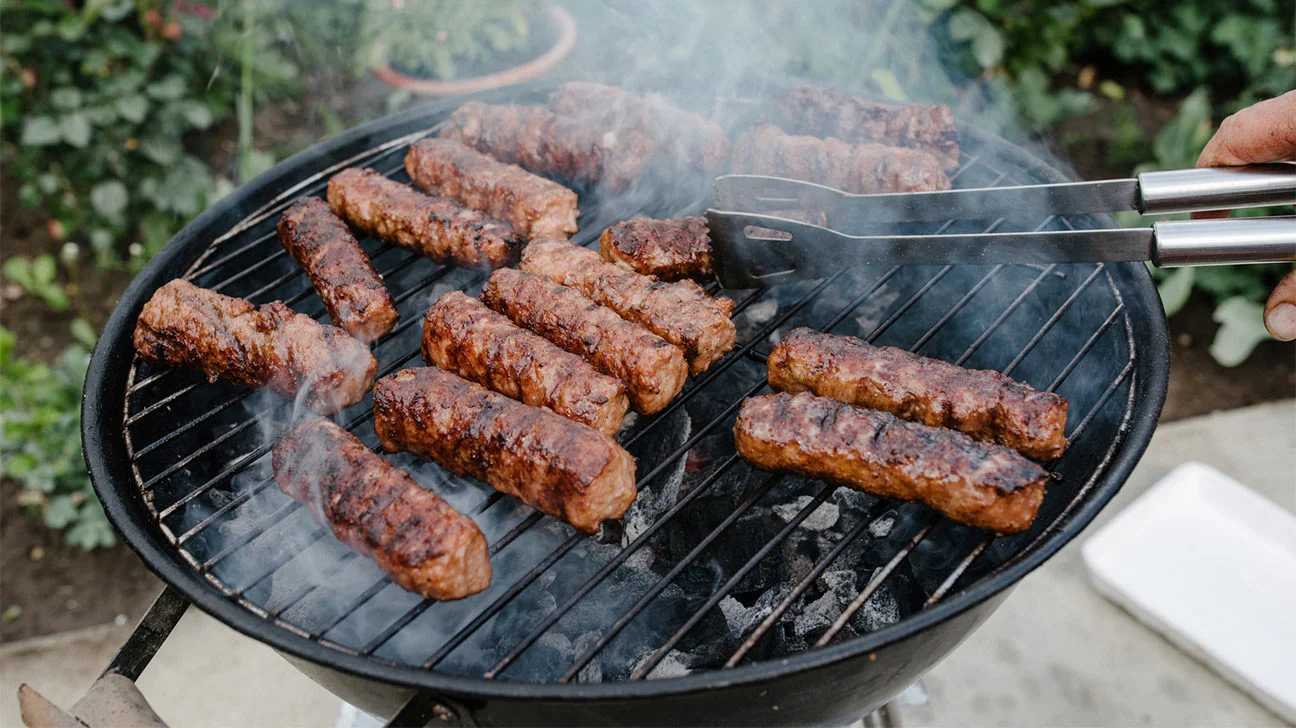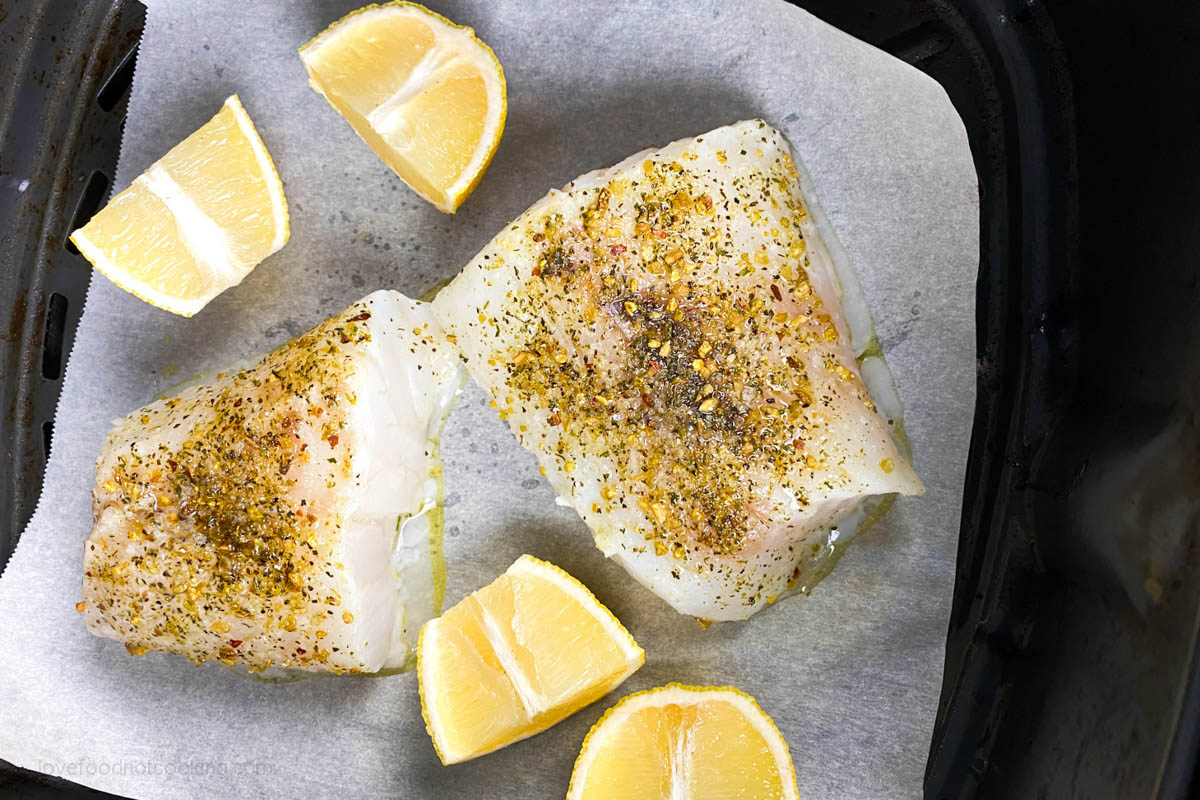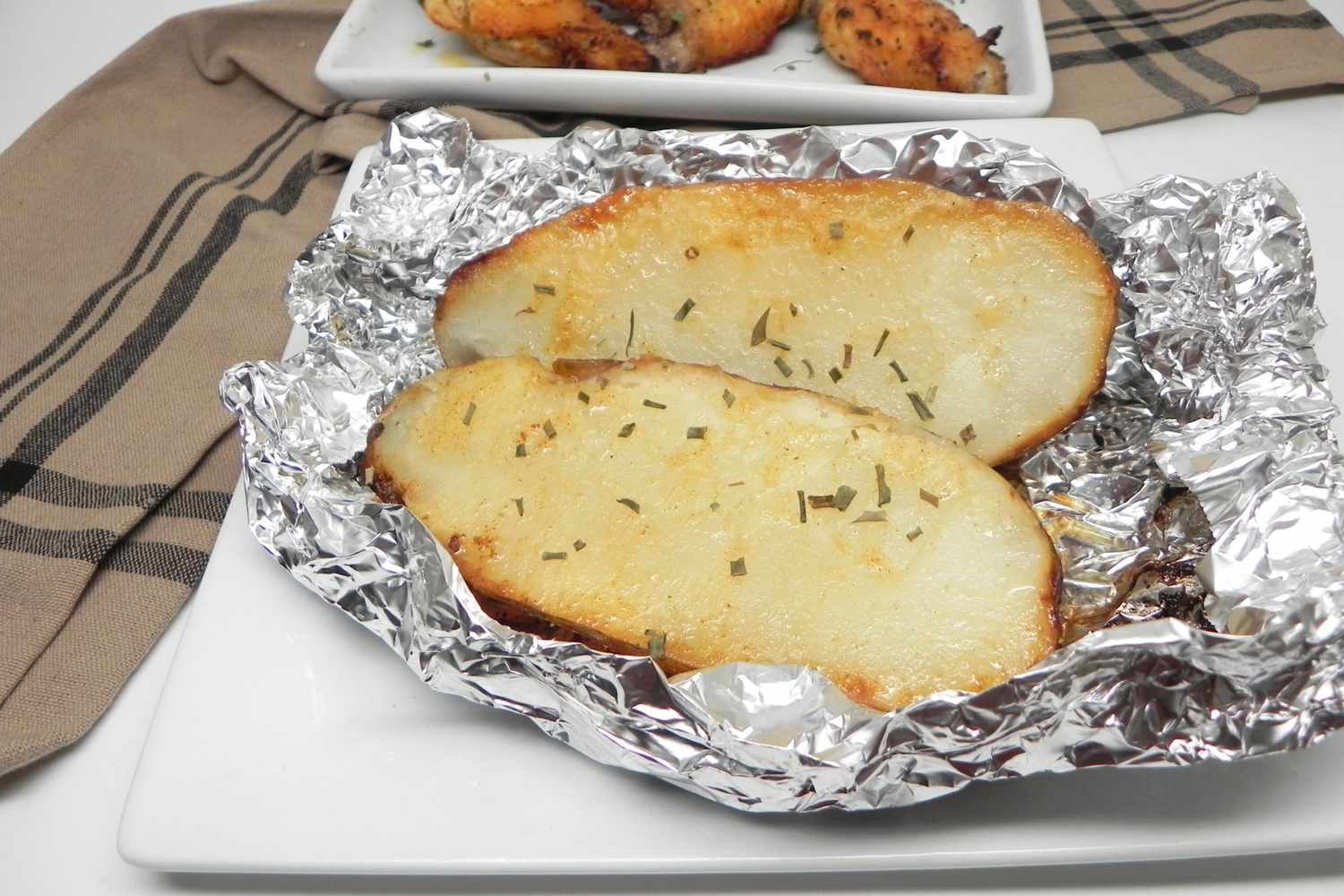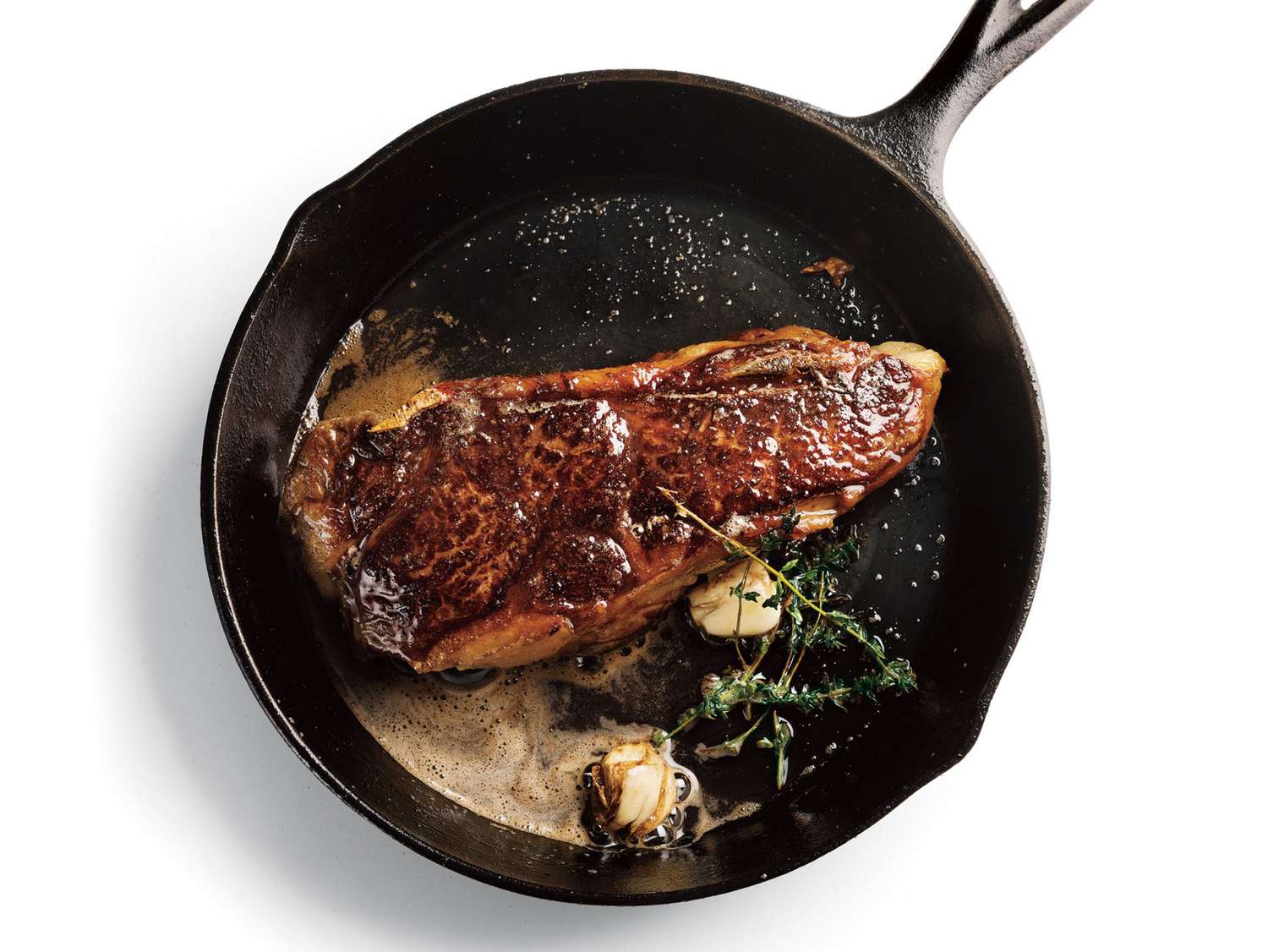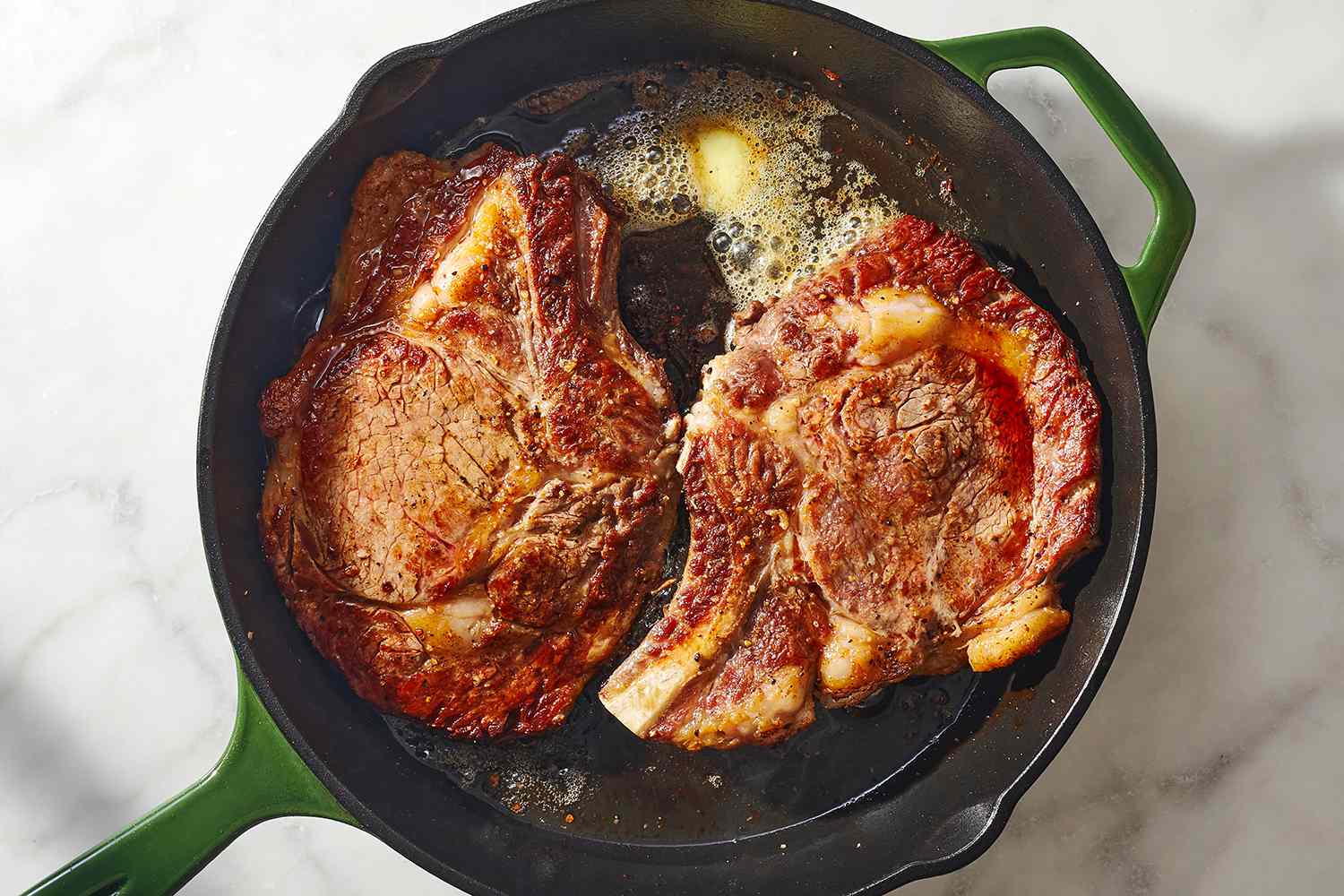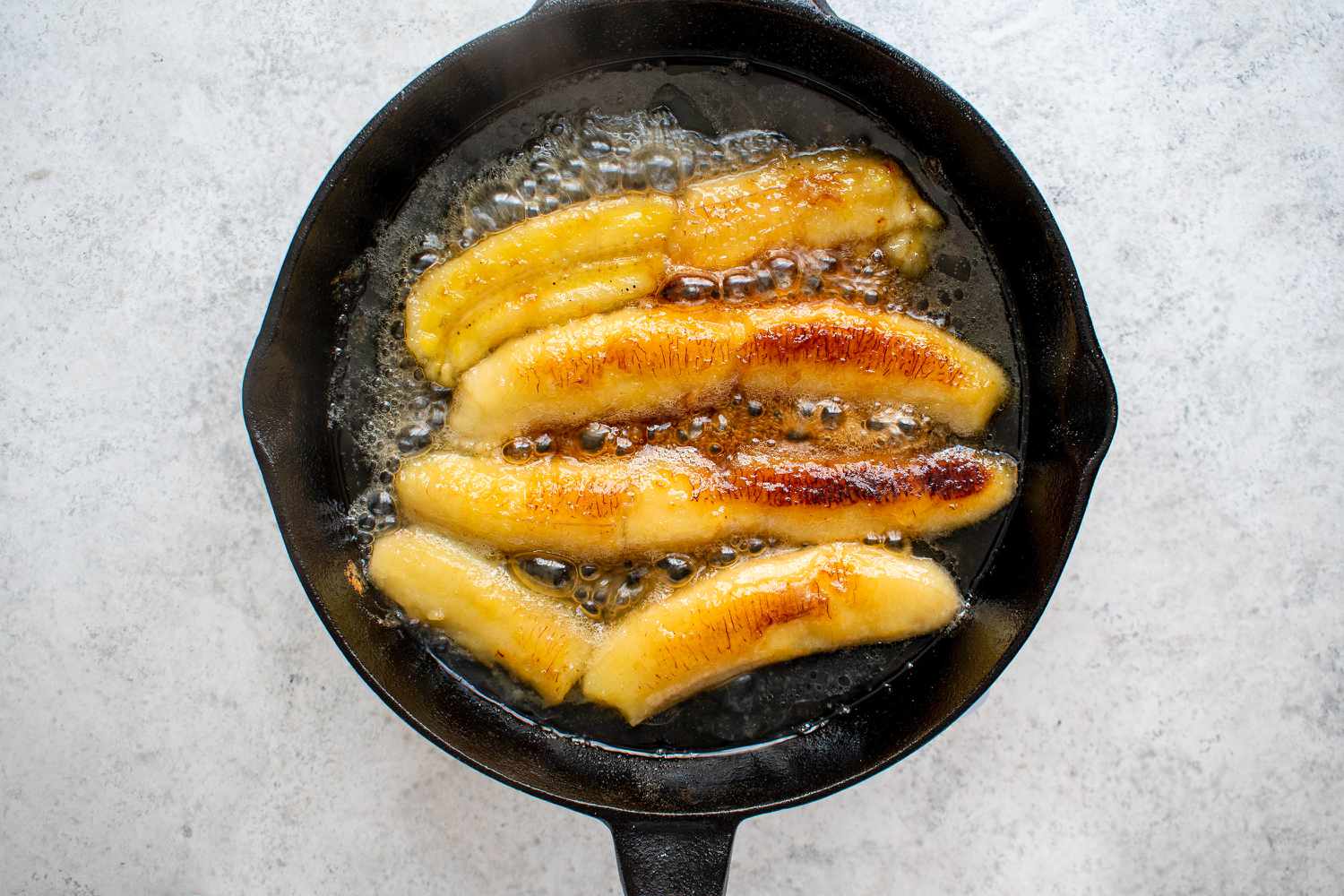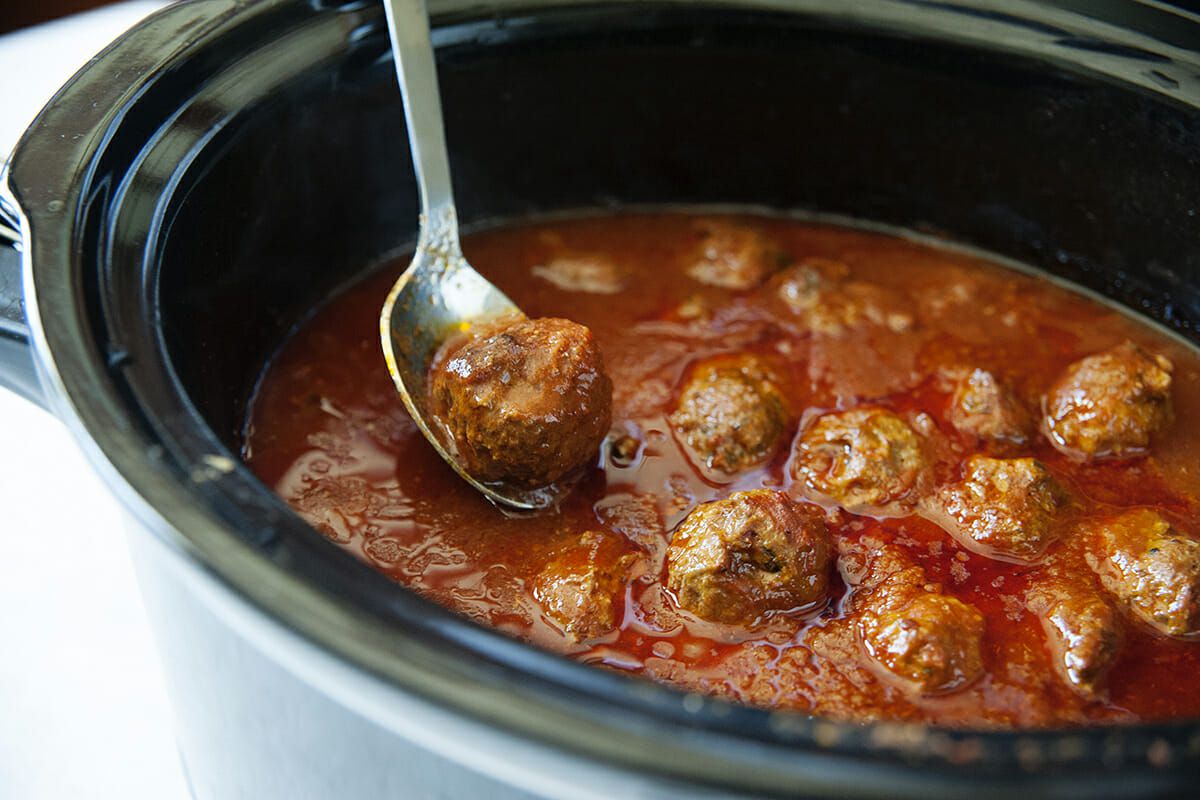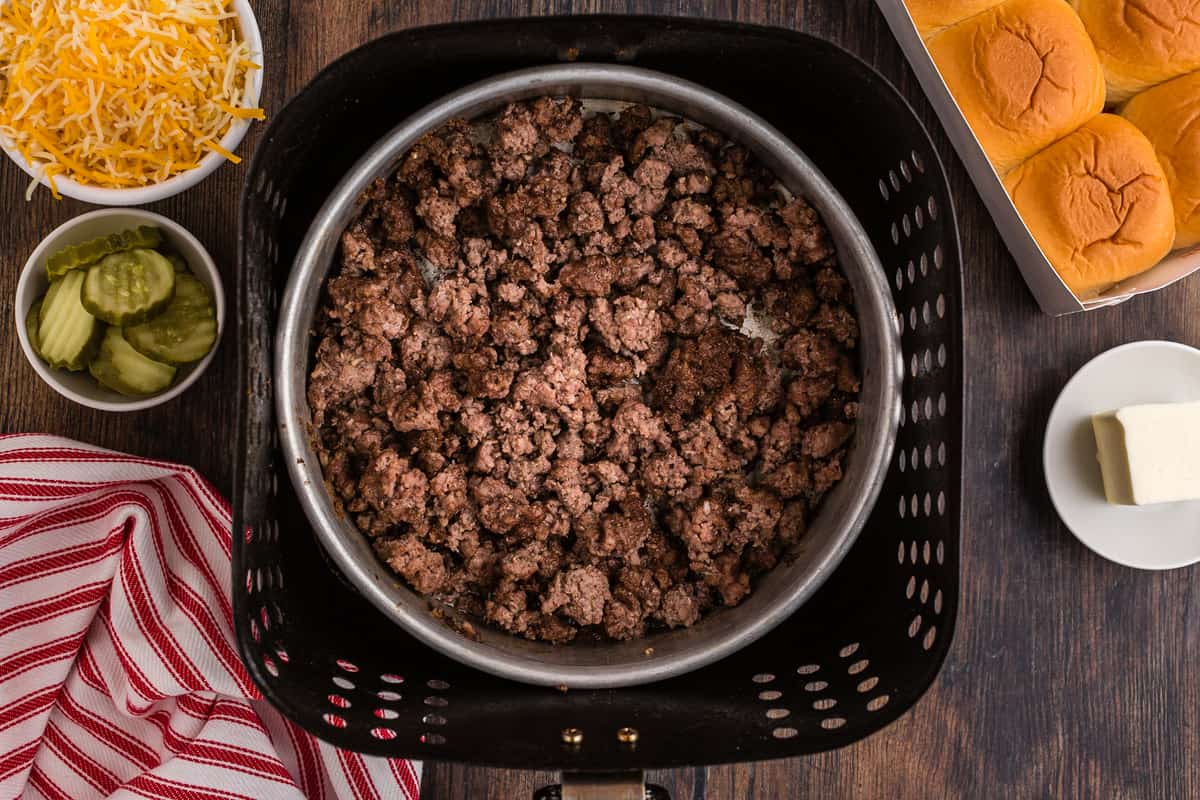Unlocking the Flavors: A Guide to Cooking Pre-Seasoned Fajita Meat
Greetings, fellow food enthusiasts! Today, we are diving into the depths of culinary delight with a focus on cooking pre-seasoned fajita meat. Whether you’re a seasoned chef or a novice in the kitchen, this guide will equip you with the knowledge and skills to create a mouthwatering fajita dish that will have everyone coming back for more.
Choosing the Perfect Pre-Seasoned Fajita Meat
The first step towards creating a delicious fajita masterpiece is selecting the right pre-seasoned meat. Look for cuts that are specifically labeled as fajita meat, such as skirt steak or chicken breast. These cuts are typically marinated in a flavorful blend of spices, allowing for a hassle-free cooking experience.
Pro Tip: Opt for quality cuts of meat that are well-marbled, as this will ensure tender and juicy fajitas.
Preparing the Ingredients
Once you’ve acquired your pre-seasoned fajita meat, it’s time to prepare the supporting cast of ingredients. Gather an assortment of colorful bell peppers – red, green, and yellow – along with a sweet onion. Slice them into thin, uniform strips for even cooking. Additionally, consider adding a touch of zest with some minced garlic and a squeeze of lime juice.
Pro Tip: For an extra kick of flavor, add sliced jalapeños to the mix.
The Cooking Process
Now that your ingredients are prepped and ready, it’s time to fire up the stove and get cooking!
- Heat a large skillet or grill pan over medium-high heat. While it’s heating up, make sure to generously coat the surface with cooking oil or spray to prevent sticking.
- Place the pre-seasoned fajita meat in the hot skillet, making sure not to overcrowd the pan. Overcrowding can result in uneven cooking, so it’s best to work in batches if needed.
- Cook the meat for a few minutes on each side until it reaches your desired level of doneness. For steak, medium-rare to medium is often recommended, while chicken should be cooked until it reaches an internal temperature of 165°F (75°C).
- Once the meat is cooked, transfer it to a cutting board and let it rest for a few minutes. This allows the juices to redistribute, ensuring a moist and flavorful end result.
- In the same skillet, add the sliced bell peppers, onion, minced garlic, and jalapeños (if desired). Sauté them until they reach a tender-crisp texture, being careful not to overcook.
- Finally, slice the rested fajita meat against the grain into thin strips. This step helps to maximize tenderness and ensure a delightful eating experience.
Serving Suggestions
The cooking is done, and your pre-seasoned fajita meat and sizzling vegetables are ready to be served. Here are a few serving suggestions to take your fajita game to the next level:
- Warm up some flour tortillas and assemble the fajitas with the meat and sautéed veggies. Top it off with your favorite condiments like guacamole, sour cream, and salsa.
- If you’re watching your carb intake, transform your fajitas into a refreshing and healthy salad by serving them over a bed of crisp lettuce, garnished with avocado slices.
- For a Tex-Mex feast, pair your fajitas with classic side dishes like Spanish rice, refried beans, and freshly made pico de gallo.
Now that you’re armed with the knowledge to cook pre-seasoned fajita meat, it’s time to unleash your culinary creativity and treat your friends and family to a fiesta for their taste buds. Remember, cooking should be an enjoyable adventure, so don’t be afraid to experiment with additional spices or toppings to make your fajitas truly your own. Happy cooking!
For those looking to make the most of the guide on how to cook pre-seasoned fajita meat, there are several recipes worth trying. The Classic Beef Fajitas Recipe is a staple that showcases the rich flavors of well-seasoned beef, making it a great starting point. If seafood is more your style, the Shrimp Fajitas Recipe offers a light and tasty alternative. For a twist, the Fajita-Stuffed Bell Peppers Recipe provides a colorful and nutritious option that's both filling and flavorful. And don't miss out on the Fajita Nachos Recipe for a fun, snackable dish perfect for gatherings. Each of these recipes leverages the pre-seasoned meat to deliver delicious results with minimal fuss.
Was this page helpful?
Read Next: How To Cook A Turkey In A Gas Oven
